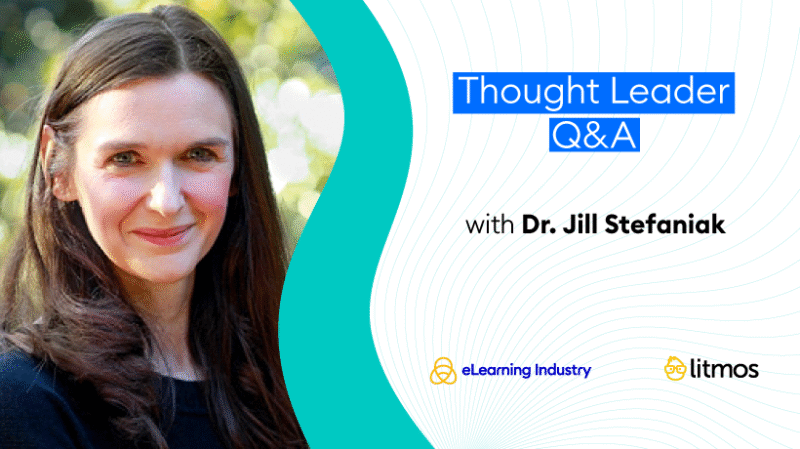
Executing ADDIE For Much More Impactful Training
Dr. Jill Stefaniak is the Chief Discovering Police Officer at Litmos Her interests concentrate on the advancement of L&D specialists and Instructional Style decision making. Today, she speaks to us regarding implementing the ADDIE structure, L&D needs assessment, and training evaluation.
Why is the ADDIE framework still so relevant today, and exactly how does requirements assessment and examination match the procedure?
I like to consider analysis and evaluation as the bookends to the ADDIE structure. They both give the infrastructure needed to sustain training. While they are 2 distinct stages of ADDIE, they are adjoined due to the fact that both stages concentrate on enhancing knowing and efficiency.
A requirements assessment is normally carried out at the beginning of a style job to identify gaps in between existing and preferred understanding, skills, and performance. By methodically gathering data from learners, stakeholders, and organizational contexts, L&D experts can determine where interventions are required and prioritize discovering. Basically, a complete needs analysis offers a standard versus which the performance of educational treatments can be later on gauged.
Examination feeds back into the demands evaluation process by assessing whether the made instruction is meeting its desired objective. The insights acquired from assessment can recognize previously unknown or found voids in efficiency or advancing learner demands. This motivates a new cycle of requirements assessment and refinement. Requirements analysis and examination develop a constant comments loophole where analysis educates design and analysis gauges its impact. Evaluation discovers brand-new requirements, making certain training remains pertinent and efficient.
Based upon your experience, what’s one of the most common error that L&D specialists make when applying ADDIE?
I believe there are two common errors that L&D specialists make:
- They rush (or miss entirely) the evaluation stage. They often tend to leap right into designing web content without asking the vital concerns to recognize the nuanced requirements of the learning target market. They likewise tend to consider analysis as simply student evaluation and miss out on the opportunity to collect crucial information that can have a major impact on training results.
- One more usual blunder is dealing with ADDIE purely as a linear process. While L&D professionals are expected to proceed through the framework sequentially, it is essential that they be flexible and versatile throughout the design process. This implies revisiting different phases of the layout procedure as brand-new info arises. A successful L&D job is one that accepts ideation and version. Prototyping, reviewing phases to make certain there’s needed positioning in between training demands, web content, and evaluative metrics, are critical to ensuring the material made is fulfilling the organization’s designated end results.
Exactly how can L&D teams better comprehend the needs of their students by concentrating more on energy, significance, and value when carrying out demands assessments?
When L&D teams focus on utility, importance, and worth in their demands assessments, they get a clearer photo of what absolutely matters to learners in their company. Energy guarantees that training addresses useful abilities students can instantly use in their functions. Significance attaches learning straight to work responsibilities and occupation goals. By checking out worth, groups recognize which finding out possibilities will certainly have the best influence on both learner interaction and business end results. This eventually causes the growth of even more reliable and targeted L&D programs.
What is one of your standout success stories that entailed the ADDIE framework?
Our L&D team at Litmos developed Litmos University to offer targeted training to support our consumers. We began with a needs evaluation to better recognize where learners were battling and what abilities were most crucial. That input formed the design and guaranteed we concentrated on the appropriate content from the beginning. With growth, we shared style files, prototypes, collected comments, and made iterative improvements. The result is a collection certainly that felt appropriate to students and showed clear improvement in both interaction and performance.
Do you have an upcoming event, launch, or other initiative that you ‘d like our readers to understand about?
I’ll be organizing a webinar on October 9 with Dr. Stephanie Moore, Associate Professor at the College of New Mexico, that discovers the greatest challenges of AI-generated discovering, consisting of strengthening stereotypes, fueling the “learning styles” misconception, and creating vague or inefficient goals. It’ll cover functional techniques for writing quantifiable purposes, establishing ethical guardrails, and ensuring your training remains varied, accessible, and grounded in study. You can register for it below
Wrapping Up
Thanks so much to Dr. Jill Stefaniak for sharing her valuable insights and experience with us. If you wish to learn more about creating effective and engaging training, you can take a look at her short article on the Litmos blog, which highlights 4 questions L&D groups can ask to scale their needs analysis.